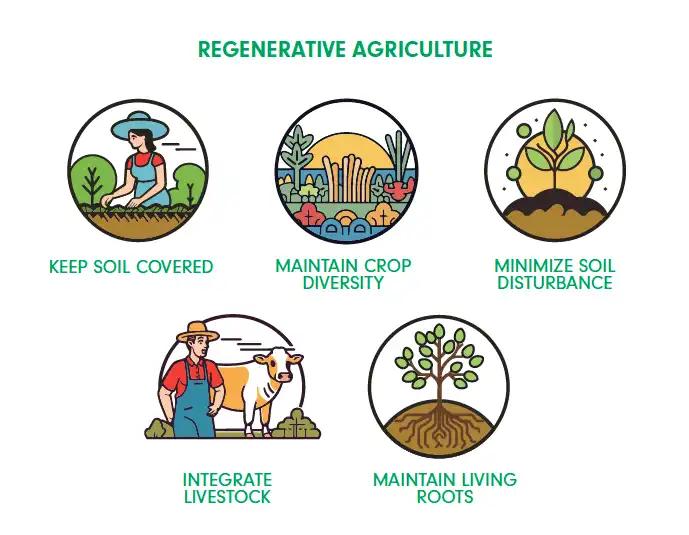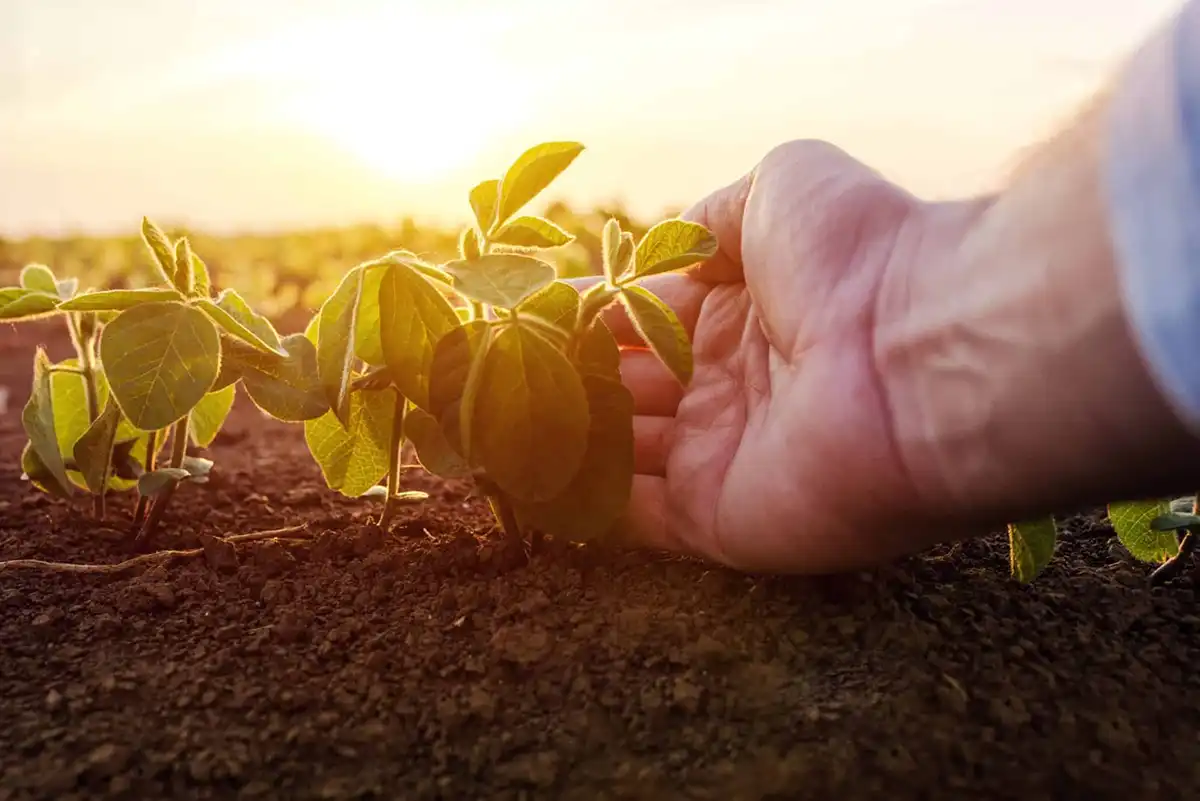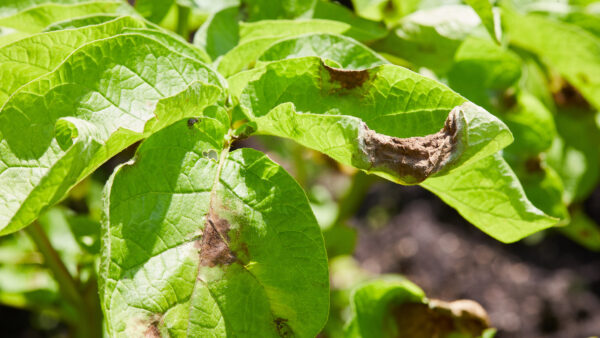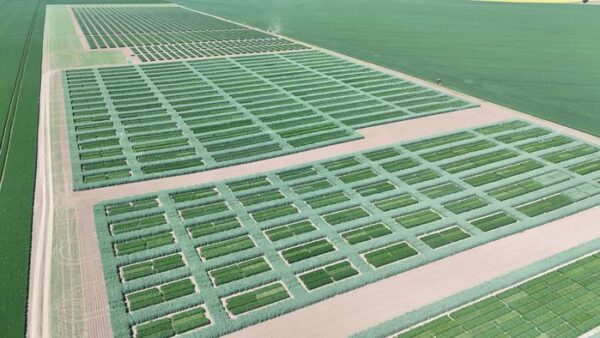Regenerative agriculture aims to maintain agricultural productivity, increase biodiversity, and in particular restore and maintain soil biodiversity, and enhance ecosystem services including carbon capture and storage.
Often this approach is described as a set of principles to meet the main goals and targets of Europe’s Farm to Fork and Biodiversity Strategies. As part of the European Green Deal, the Farm to Fork and Biodiversity Strategies together address the challenging transition of European Union (EU) agriculture towards a net 55 per cent reduction in greenhouse gas (GHG) emissions by 2030, with the aim of making European food production the global standard for sustainability. This is to be achieved by substantially strengthening diverse efforts to tackle climate change, protect the environment, and restore and preserve biodiversity in European agricultural landscapes. And regenerative agriculture is one of the bright pulsating dots on the radar screen to get there.
Now as the interest in regenerative agriculture (aka ‘regen-ag’) reaches fever pitch across the agricultural value chain, the National Institute of Agricultural Botany (NIAB) in the UK is preparing the ground for a major research effort to deliver the science needed for a commercial scale-up of regen-ag, combining research leadership in soil science, variety testing, rotational agronomy, precision agronomy, cover cropping, data science and water use efficiency.
The Big Embrace

Major food and drink producers, retailers, NGOs and even high street banks are moving rapidly and in serious numbers to embrace regenerative agriculture as the solution to a more environmentally responsible approach to farming, with associated benefits for improving soil and water quality, enhancing biodiversity, reducing synthetic input use and conserving natural resources.
But questions still persist over whether the economics of regenerative agriculture stack up at the farm level and — at a time of mounting concern over the impact of both climate change and the Russian invasion of Ukraine on global food prices and the security of supply — what impact a large-scale switch to regen-ag practices would have on our domestic food production capacity if it’s not possible to bring more land into production.
Trials at Rothamsted Research since 2017, for example, involving 24 different cropping systems that combine a variety of regen-ag practices have so far shown that, in the short-term, reduced tillage invariably results in lower crop yields, and that sophisticated soil management strategies alone cannot be viewed as the short-term fix for more sustainable food production.
Similarly, a 2022 study involving satellite mapping of more than 90,000 fields in six U.S. Corn Belt states found that some commonly grown cover crops can depress yields in following cash crops by more than five per cent, depending on factors such as rotation and soil type. This is deterring uptake of these practices by some U.S. growers and highlights the importance of a science-based approach to delivering regen-ag principles.
So, What is Regenerative Agriculture Exactly?
There has been much debate of late about what regenerative agriculture really means. The lack of a clear definition has led some to suggest that it is simply greenwash, and others to claim that organic farming is its proper designation (see for example “Organic: the benchmark for truly regenerative farming”).
But for me, a key strength underpinning the potential of regenerative agriculture lies precisely in the lack of prescription and in its definition’s flexibility, provided its guiding principles are observed.
These guiding principles are founded on well-established farming practices, many of which have been studied in the UK as part of applied agronomy research programmes for many years (for example: in terms of longer, more diverse rotations, use of cover crops, min- and no-till cultivation systems, and soil health improvement).
Different from Organic Agriculture
A fundamental point of difference from certified organic production is that regenerative agriculture can be inclusive of a broad range of technologies and inputs, so long as they contribute to its guiding principles.
Many progressive farmers I have spoken to about their experiences with introducing regen-ag on a commercial basis are adamant that it would not currently be viable without the judicious use of pesticides such as glyphosate, for example. They are equally insistent that regen-ag should allow access to new breeding technologies such as gene editing to help maintain or increase productivity while reducing dependence on chemical inputs. By contrast, both glyphosate and gene editing are explicitly excluded by organic certification.
As we mourn the recent passing of Dr. MS Swaminathan, one of the fathers of the Green Revolution, it is important that we bear in mind the enormous successes of agricultural science and technology.
It is absolutely unacceptable that 10 per cent of the world’s population will go to bed hungry today. But if we go back to the time when Borlaug, Swaminathan and colleagues set the basis for the great leap in agricultural productivity that resulted in the Green Revolution, that figure was 30 per cent.
Not only has agricultural innovation managed to keep up with massive population growth, but it has also helped reduce hunger and extend life-expectancy at a remarkable pace.
Sustainably Intensifying Food Production
As we face the challenges of climate change and the pressing need to grow crops that are healthier and environmentally friendlier, yet still profitable, the question we should ask is: can we sustainably intensify the way we produce food? The technologies and strategies behind soil restoration and regenerative farming stand at the intersection of these challenges.
So, while the buzz behind regenerative farming is attracting significant and growing interest across the value chain, there remains a lack of commercial-scale data to inform best practice, and a lack of independent science which will incentivise farmers to transition at a pace and scale to match.
Fluffy Claims are not Enough
As former Teagasc director Professor Gerry Boyle observed recently: “…fluffy claims are not enough, and robust scientific data is needed to assess the power of regenerative agriculture.”
In short, there is a need to provide the science which can scale-up and underpin the credibility of regenerative farming systems, based on a recognition that practices focused on increasing soil organic matter, avoiding erosion, and reducing disturbance to the soil are entirely compatible with sustainable intensification and precision agriculture.
NIAB’s vision of regenerative farming is that it shares with sustainable intensification and precision agriculture the aim of optimising productivity – producing more from less – while at the same time protecting and improving the condition of the land and surrounding environment.
In that sense, regenerative agriculture is neither hype nor hope, but just a sensible way of farming that should be supported by solid evidence-based science.
That’s why NIAB is preparing the ground for a major research effort focused on delivering the science behind regenerative agriculture, building on our independence and research leadership in soil science, variety testing, rotational agronomy, precision agronomy, cover cropping, data science and water use efficiency.
NIAB’s objective for this ambitious programme is not only to be the go-to place for independent advice on issues such as variety selection, cover crops, rotations and agronomy, but also to develop the metrics by which the sustainability of regenerative agriculture practices — in terms of resource use and environmental impact — can be benchmarked and monitored over time.
This outcomes-focused approach to data collection and assimilation will be essential not only to understand and drive best practice at the farm level, but also to provide information to customers and ultimately consumers about the comparative sustainability impact of each unit of food produced, whether that is a loaf of bread, a punnet of strawberries, or a bag of potatoes.
Integrating Regen Ag into Genetics
We also plan to integrate regen-ag objectives into our genetics and pre-breeding activities, for example by improving the performance and viability of N-fixing pulse cropping options, investigating novel crop opportunities, and even exploring the potential for cover crops to become an additional source of revenue within the rotation (as is already happening in the United States with the development of gene edited CovercressTM as a source of high value oil and animal feed).
I am confident that a progressive, science-based approach to regen-ag that embraces innovation and harnesses the power of large-scale data offers the potential for high-yielding, profitable crop production to go hand-in-hand with reducing agriculture’s environmental and climate impacts.
Editor’s Note: This article was adapted from ‘Regenerative agriculture – hype or hope?’ by professor Mario Caccamo, which appeared in November 2023 on Science for Sustainable Agriculture https://www.scienceforsustainableagriculture.com/mariocaccamo3
Professor Mario Caccamo is chief executive of the UK crop science organisation NIAB.













